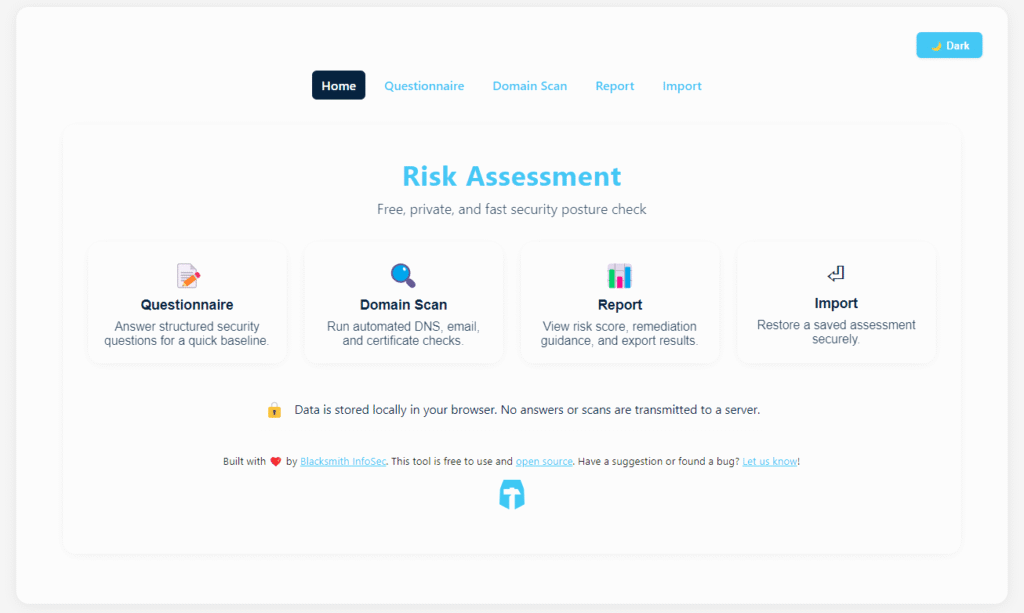MSPs (Managed Service Providers) are facing an urgent need to elevate their risk and compliance programs due to evolving supply chain, third-party, privacy, and disclosure requirements in 2025 and into 2026. For compliance leaders, keeping pace with these changes is no longer optional — it’s both a survival strategy and a proactive way to leverage early adoption into market success.
Supply Chain & Third-Party Risk
Disruptions from geopolitical instability, extreme weather events, and escalating trade restrictions are exposing supply chains to unprecedented risk.
-
Geopolitical challenges and unpredictable tariffs are forcing MSPs to diversify supplier bases and invest in scenario planning. Nearshoring, friend-shoring, and diversified sourcing have become essential strategic moves.
-
MSPs may need to track reputational risk within supply chains: blacklists make it essential to vet for forced labor, sanctions, and supplier transparency.
-
Cyber risks from third-party vendors are surging. Weaknesses or breaches at any point can lead to cascading losses, regulatory scrutiny, and loss of trust. Third-party risk management (TPRM) is now integral to MSP service portfolios, involving automated vendor assessments, continuous monitoring, and rigorous audits.
Best Practices for MSPs
-
Categorize vendors by risk exposure; mission-critical providers should undergo enhanced, regular reviews and security audits.
-
Integrate third-party risk into overall enterprise risk management frameworks, not as an isolated concern.
-
Use a tool like Blacksmith for vendor monitoring and compliance tracking — scalable, documented analysis is essential as vendor ecosystems grow.
-
Continuous training for MSP staff on supply chain cyber hygiene and evolving national/regional regulations is crucial.
Privacy & Disclosure Regulation Shifts
U.S. privacy law is undergoing a “patchwork revolution.” Eight new state privacy laws came online in 2025, each with different definitions, consumer rights, and compliance mandates for breach notification, data sharing, and transparency. There’s no doubt that more of these regulations will be coming in 2026.
-
MSPs must adapt privacy programs to state-specific deadlines, opt-out requirements (targeted advertising), correction/deletion requests, and widely varying enforcement.
-
New consumer rights mean MSPs are directly responsible for requests to access, correct, or delete personal data. Laws apply based on the data subject’s location, not just the provider’s headquarters — so multistate coverage is essential.
-
Disclosure requirements, including rapid breach notification and transparency about data practices, invite regulators to scrutinize not only MSPs but their third-party vendors.
Immediate Actions for MSPs
-
Map every client’s data flows; know which state and federal laws apply to each project.
-
Maintain contractual clarity and documentation on third-party risk, privacy rules, and rapid disclosure protocols.
-
Invest in MSP-focused compliance tools and track deadlines, law updates, and emerging supply chain risks.
-
Develop incident response and disclosure plans that align with diverse client obligations and can be executed fast.
Conclusion
The surge in supply chain disruptions, vendor breaches, and privacy regulation will redefine MSP risk management in 2026. Proactive compliance, continuous vendor assessment, and privacy/disclosure readiness are vital tools to safeguard MSP businesses and empower clients in a high-stakes, rapidly changing regulatory environment.



